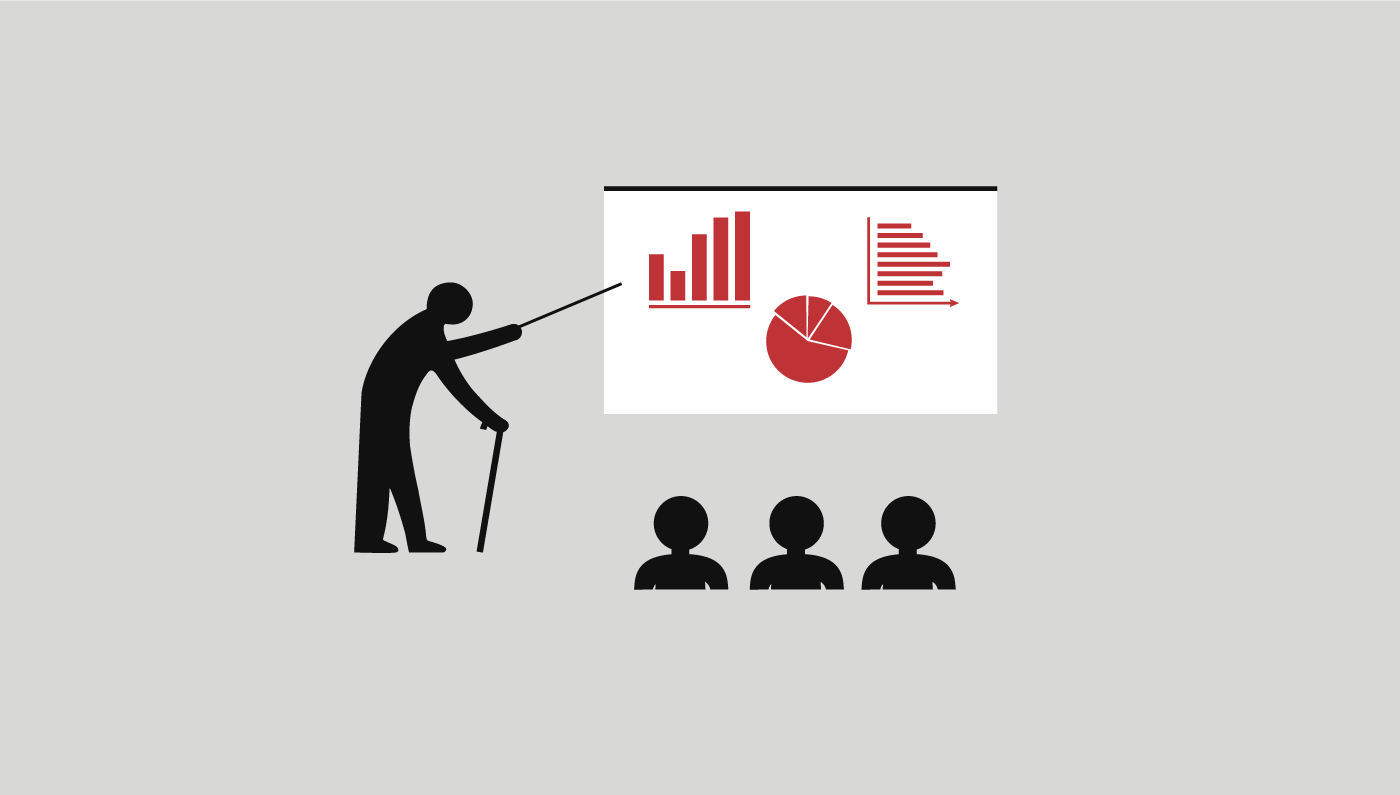It’s a mobile world, as the data shows: users spend more time-consuming media on mobile than any other digital platform and spend more of their day looking at smartphone screens than desktop computer screens—and in 2014, more consumers purchased mobile devices than desktop devices for the first time ever.
So, at first glance, it would seem like no better time for CMOs of companies across industries to invest resources into mobile marketing campaigns. But there are hurdles, too: mobile analytics still lag behind their desktop counterparts, extrapolating data from mobile apps remains a challenge, and consumers routinely complain that mobile ads are diluting their user experience.
In response, these marketing veterans are trying new approaches to reach mobile audiences while finding ways around these thorny issues—and so far they seem to be working.
The company: Yahoo7 (a partnership between Yahoo and Australia’s Seven West Media)
The marketer: Caroline Casey, Director of Product and Audience (formerly at A+E, CNN International, and Turner Broadcasting)
The strategy: Responding to growing concerns over a lack of data within mobile apps, Casey made sure that all of Yahoo7’s apps included the in-house Flurry analytics system, which will give the company important insights that they can use to market their apps as attractive to advertisers. The statistics on Flurry are staggering: it’s running on more than 700,000 mobile apps on two billion mobile devices around the world, according to the company. ““You can’t say ‘I’m just a marketer but I don’t understand product’, you need to know both the app and the audience,” she told a conference in Australia, according to Australian media blog mUmBRELLA.
The result: Though Yahoo is going through a massive restructuring in the United States and it may be too early to see if Yahoo7’s mobile play will come to fruition, the uptake of Flurry itself is promising. Data from the analytics service has become an industry standard online, and its findings on the way we use the mobile web are cited nearly annually by media outlets like TechCrunch. This bodes well for Yahoo7, at the very least: if its analytics are trusted across the web, advertisers are more likely to trust their apps, too.
The company: Unilever
The marketer: Keith Weed, CMO
The strategy: Weed told AdWeek in 2014 that mobile could be a game-changer for consumer product businesses like Unilever: “Marketers have the massive opportunity to use mobile to talk to people as individuals with access to real-time data,” he said at the time. Now, Unilever has backed up that statement by investing 24% of its annual ad spending in digital, according to Business Insider. But just like Casey at Yahoo7, Weed is a stickler for measurability, preferring to advertise on established players like Google and Facebook where, he said, actual views from real people can be measured and quantified—and the ads are not platform-specific, meaning they can be seen just as easily on a desktop as they can be served up in a mobile app.
The result: Weed himself says there is still room for improvement, especially with the mobile experience, which he told Business Insider “is still not great.” But from a financial standpoint, Unilever is performing well, with a 10% spike in revenue in 2015 and continued stable (but not explosive) growth in both developed and developing markets.

